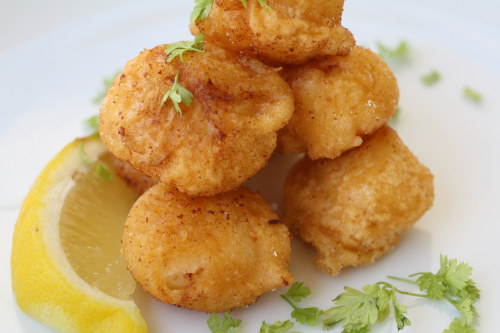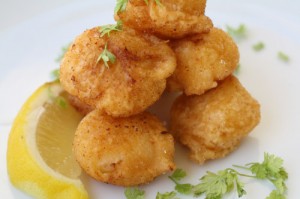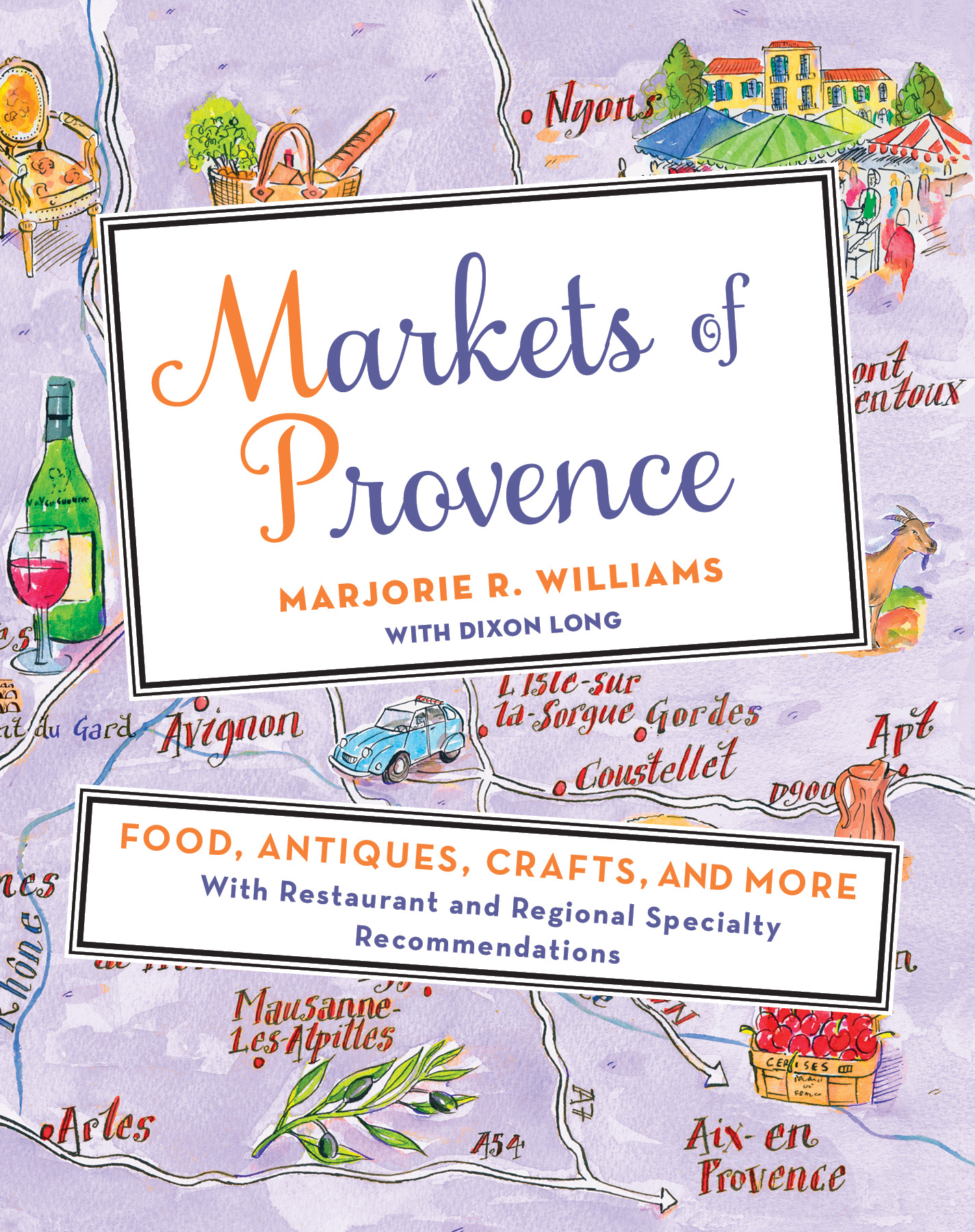Get the whole story at Serious Eats.
North African food is known for its fragrant floral waters and uniquely sweet spices in savory dishes, like meats stuffed with dried fruits. But what I love most about the cuisine is its argumentative nature. For example, ras el-hanout, an iconic Moroccan spice mix, can have over 100 ingredients, and yet, there is no one recipe. Every spice vendor swears to have “the best ras el-hanout.”
Moroccan food is a hotheaded cuisine, and I love that. I love that ras el-hanout is something to fight over. I love that the food itself lacks a religiosity. There is no right way, just “the best way” (which is always subjective). The same is true of harissa. If I could tell you how many different harissas I’ve seen–suffice it to say I’ve never seen the same one twice.
For example, in my fridge right now I have two tubes and the ingredients completely differ. One lists: strong red pepper, garlic, coriander, salt. The other: vegetables (beet, carrot), water, strong pepper, vegetable oil, water, modified sweet cornstarch, coriander, caraway, citric acid, and garlic.
The first is spicier and more pungently reeks of garlic. The second is slightly sweeter, which also means you can use more of it. I once bought a jar from Williams-Sonoma that was the most condiment-like of all, almost more of a salad than a paste–heavy in salt and olive oil and perfect alone for just painting all over fish. At my favorite falafel place in Le Marais in Paris (L’As du Fallafel) there are two harissas permanently on the table: one red and one green, almost like a chermoula-harissa hybrid.
Ranging from paste in-a-tube to sauce in-a-jar, from fiesty to fiery, harissa varies by origin and destination. The moral of the harrisa story is: don’t judge one by its tube or jar. Just because it says harissa doesn’t mean you can predict its taste.
This dish may look like an Old Bay fish fry but it tastes more like firecracker shrimp. The sweet, succulent scallops are packed in a crisp harissa batter pouch. When fried, harissa becomes more deeply-hued, pungent, and piquant, and the citrus-y aspect makes it a lovely marriage with seafood. Squirted with a touch of lemon juice, these scallops are spicy and addictive.
- 1/2 cup flour
- 1/2 teaspoon baking powder
- 1/2 cup water
- 1 teaspoon harissa (or 2 teaspoons if you like them firecracker hot)
- Pinch salt, plus extra for seasoning over the fried scallops
- 16 medium-sized sea scallops
- Vegetable oil for frying
- Lemon wedges
Procedure
Fill a cast iron skillet halfway up the side with vegetable oil, and heat to 350°F.
Meanwhile, make the batter by whisking together the flour, the baking powder, the water, harissa, and a pinch of salt.
Toss the scallops into the batter, and coat well. Allow the excess batter to drip off, and then fry the scallops in two or three batches for 3 to 4 minutes. Drain on paper towel. Season with salt while the scallops are still hot.
Serve immediately! Squeeze lemon over the top.
print this recipe






